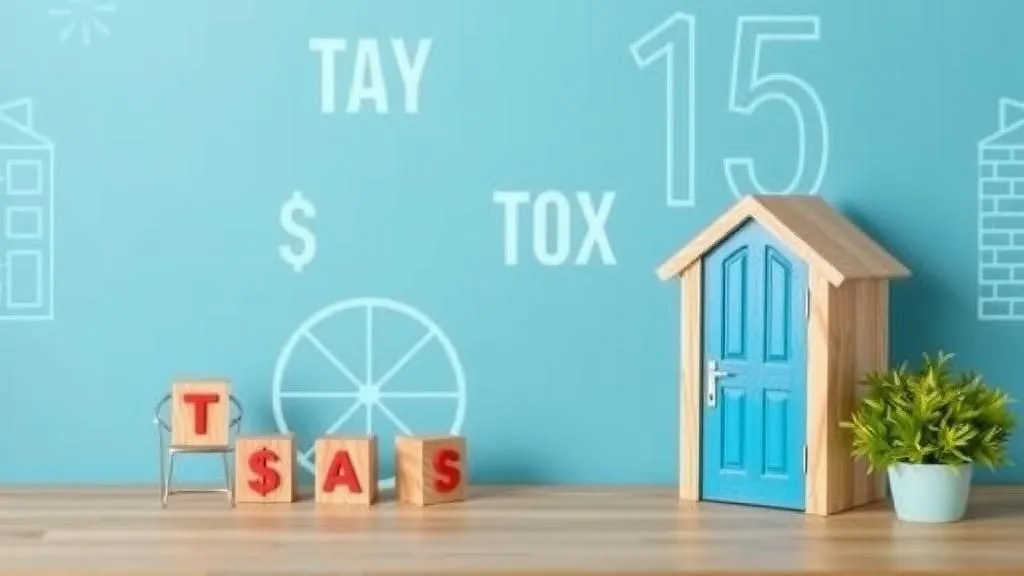3 Simple Steps to Budget Success
Creating and sticking to a budget is an essential skill for managing your personal finances. It allows you to track your income and expenses, prioritize your spending, and ultimately achieve your financial goals. While budgeting may seem daunting at first, it doesn't have to be complicated. By following these three simple steps, you can set yourself up for budget success.
Step 1: Assess Your Income and Expenses
The first step in creating a budget is to assess your income and expenses. Start by gathering all the necessary documents, such as pay stubs, bank statements, and bills. Calculate your total monthly income after taxes. Next, list all of your monthly expenses, including fixed costs like rent or mortgage payments, utilities, insurance premiums, and loan payments. Don't forget to include variable expenses like groceries, transportation costs, entertainment, and discretionary spending.
Example:
John's monthly income: $4,000
Rent: $1,200
Utilities: $150
Insurance: $100
Loan Payment: $300
Groceries: $400
Transportation: $200
Entertainment: $150
Step 2: Set Financial Goals
Once you have a clear understanding of your income and expenses, it's time to set financial goals that align with your priorities. Are you saving for a down payment on a house? Planning for retirement? Paying off debt? Whatever your goals may be, make them specific, measurable, achievable, relevant, and time-bound (SMART). This will help you stay focused and motivated throughout the budgeting process.
Example:
John's Financial Goals:
1. Save $10,000 for a down payment on a house within two years.
2. Pay off $5,000 in credit card debt within one year.
3. Contribute 10% of his income to retirement savings each month.
Step 3: Create and Track Your Budget
Now that you know your income, expenses, and financial goals, it's time to create a budget that works for you. Start by allocating your income towards your expenses and savings goals. Make sure to prioritize essential expenses like housing, utilities, and debt payments. Then, allocate funds towards your savings goals and discretionary spending based on their importance.
Once you have set up your budget, it's crucial to track your expenses regularly. Use a spreadsheet or budgeting app to record all of your transactions and compare them against your budgeted amounts. This will help you identify areas where you may be overspending or where you can cut back.
Example:
Category Budgeted Amount Actual Expenses Rent $1,200 $1,200 Utilities $150 $140 Groceries > $400 > $450 >
In Conclusion...
Budgeting doesn't have to be complicated or overwhelming. By following these three simple steps - assessing your income and expenses, setting financial goals, and creating and tracking your budget - you can take control of your finances and achieve your financial goals. Remember, budgeting is a continuous process that requires regular review and adjustments. Stay committed to your budget and make it a habit to track your expenses, and you'll be well on your way to financial success.


